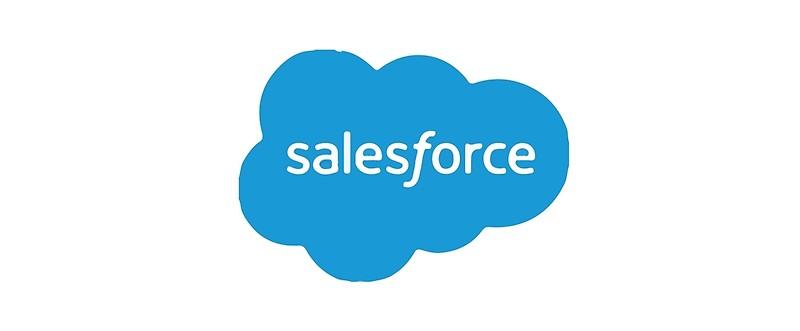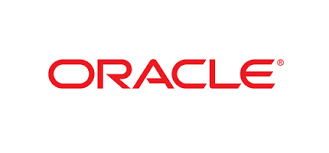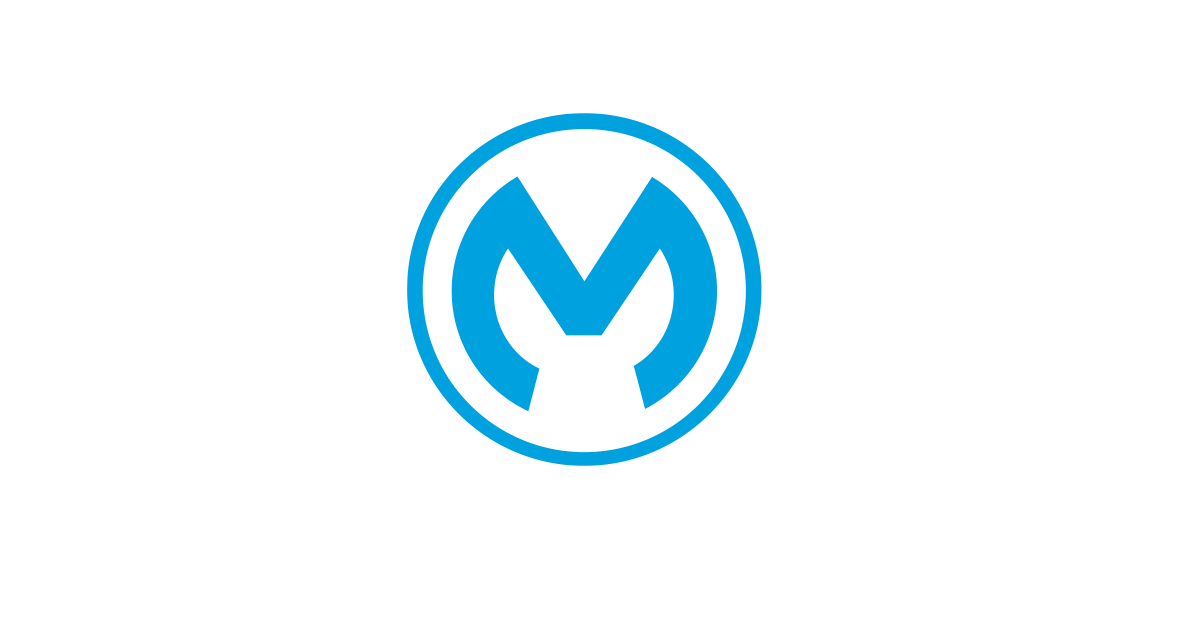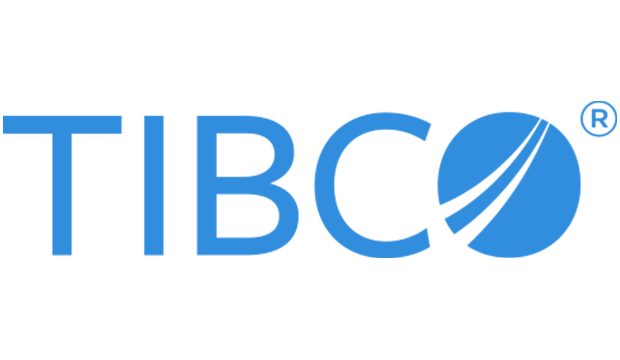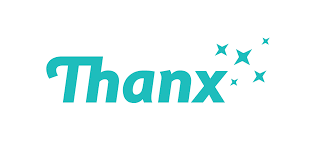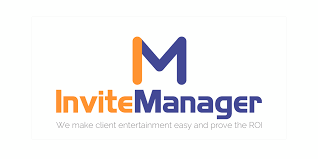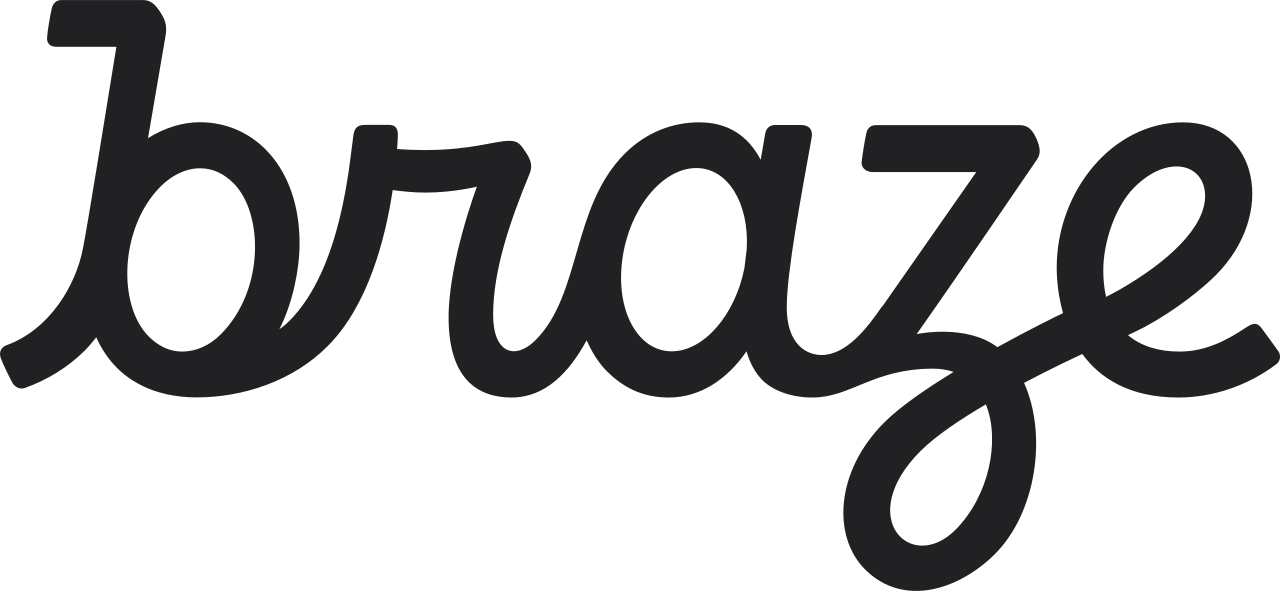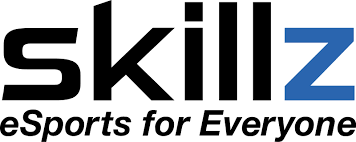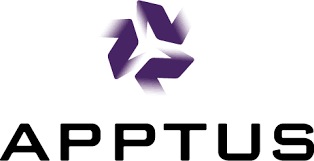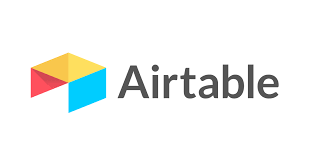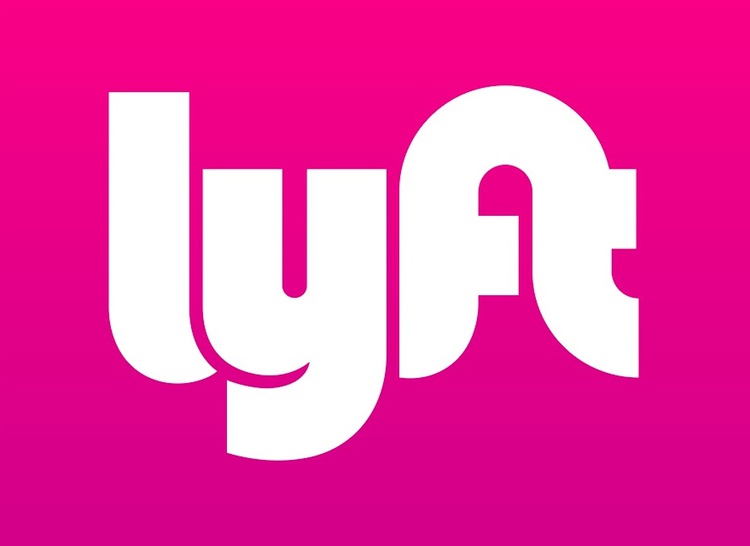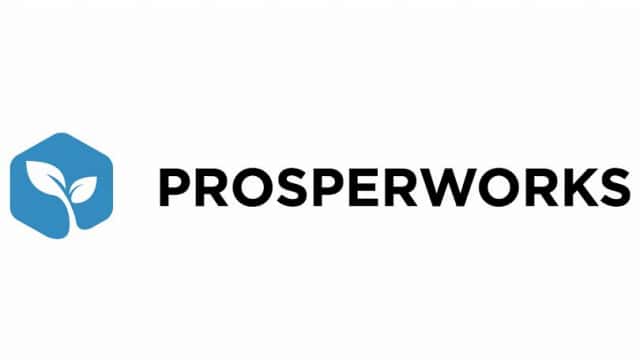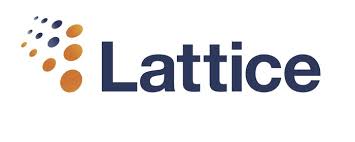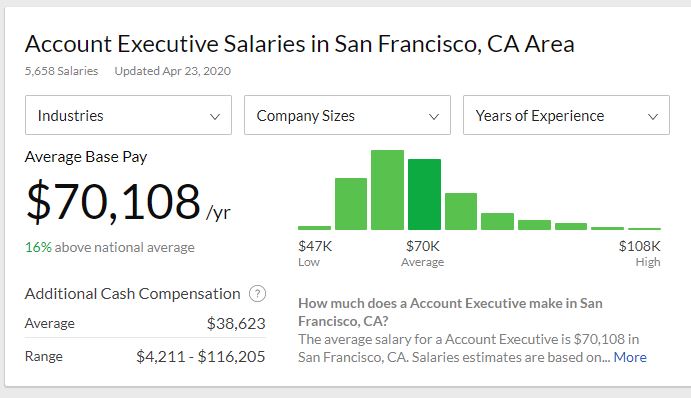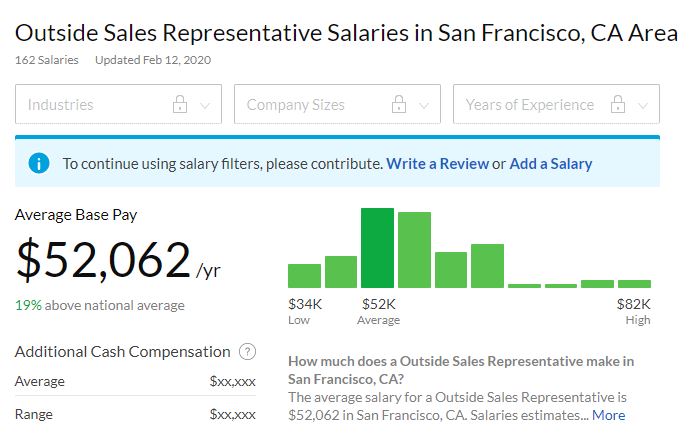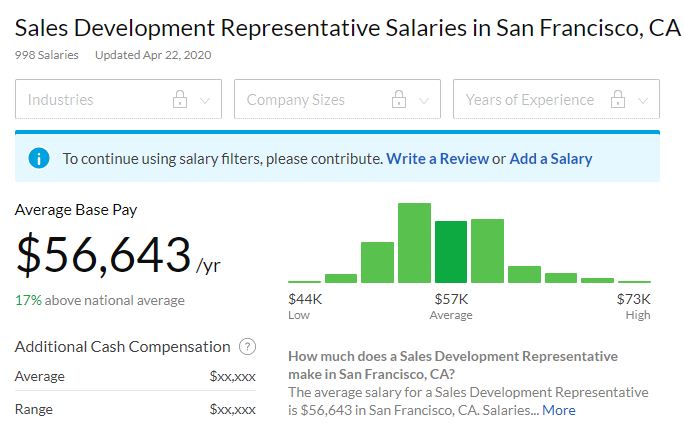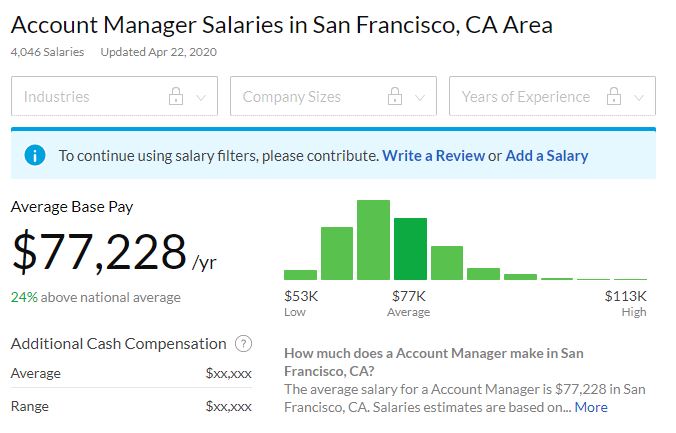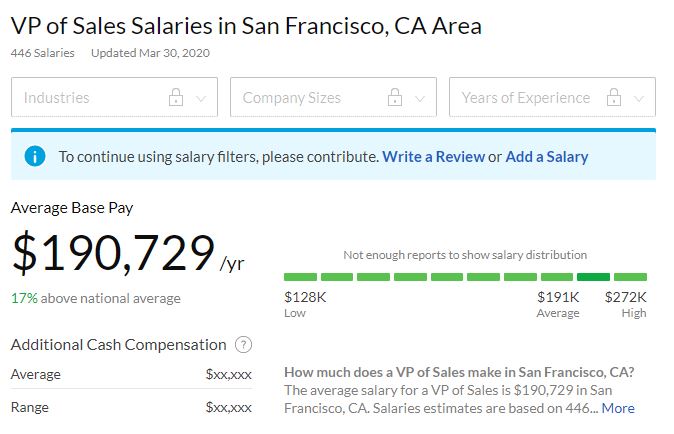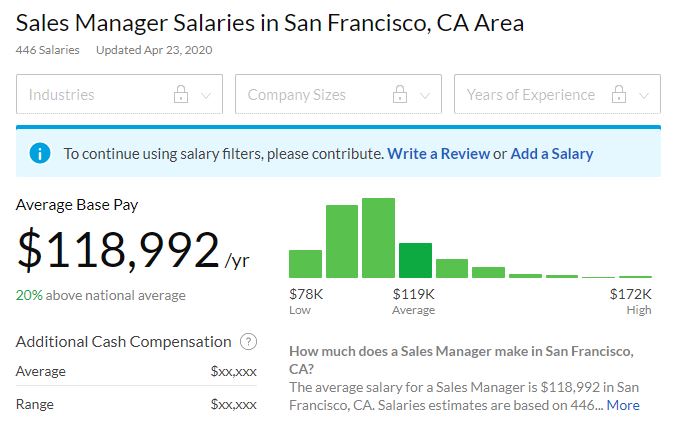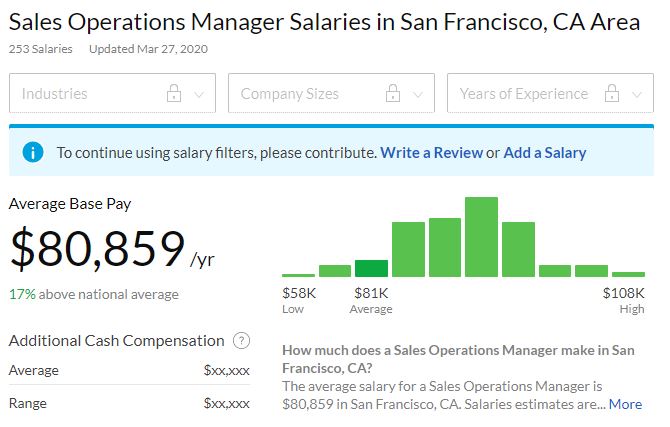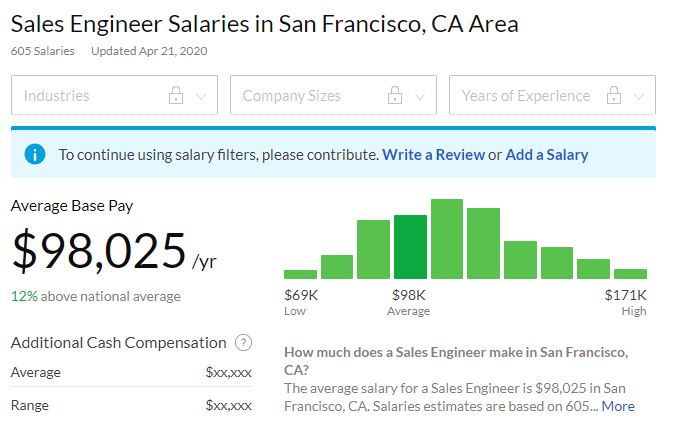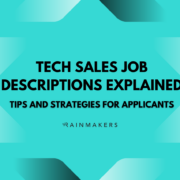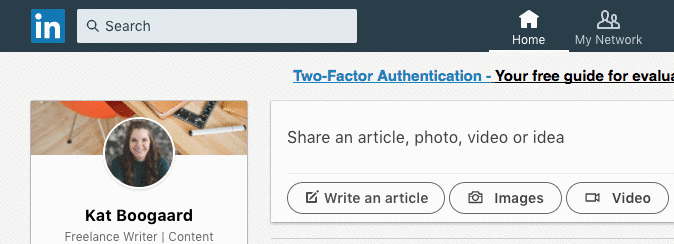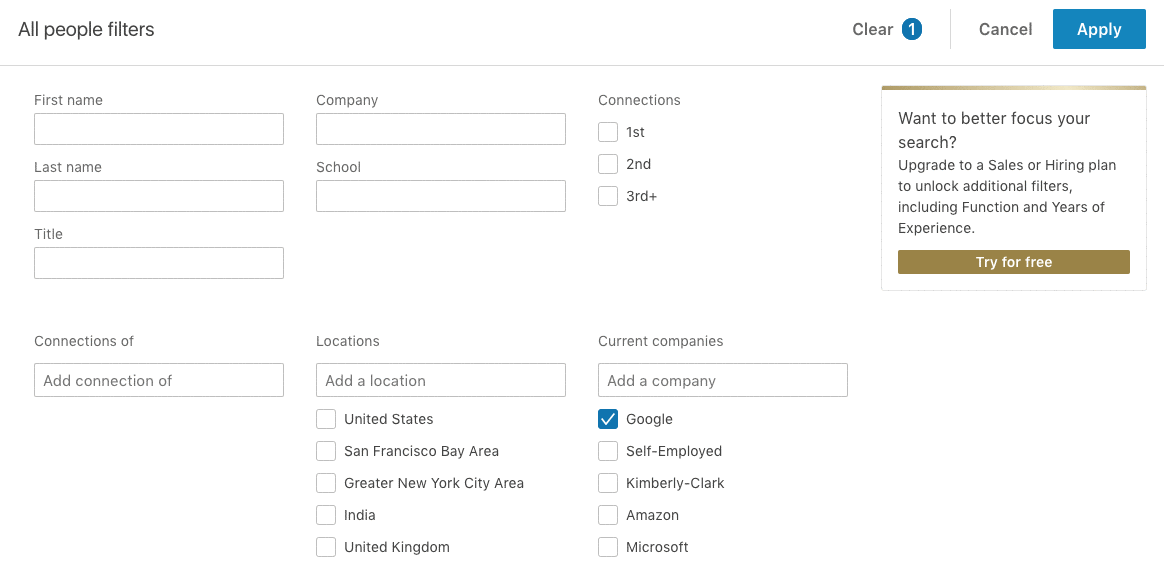How To Update Your Resume
Resumes still matter. While a LinkedIn profile is significant, some organizations (especially enterprise companies) will want to see an outline for you to apply. In this guide, we’ll provide 23 actionable sales resume tips so you can land the sales job you’ve always dreamed about.
The resume is continually evolving, and what seemed standard and beneficial just a few years ago can become a disadvantage in the current recruiting environment. With employers receiving an average of 50 to 75 resumes per role they post, making your resume stand out can sometimes seem like a moonshot. Making matters worse, your resume generally has less than 10 seconds to make a positive impression and avoid being flushed down the drain.
Under these dismal conditions, what should an intelligent sales professional on the lookout for a dream job do?
First, don’t panic. If there’s a science to selling, there’s an art to writing resumes. All you have to do is learn it. Fortunately, career sites, professional coaches, and hiring managers have shared their insights on how best to make your resume shine.
Here are 23 sales resume hacks that will compel recruiters to take your application to the next level.
1) Go for high impact.
Ideally, resumes should pack a punch. But that is hardly the case in real life. In fact, recruiting managers regularly receive hundreds of generic resumes that look and sound similar, echoing the same cliches and even sharing the same grammatical errors. So, not surprisingly, weak resumes become fodder for the recycling bin at the end of every recruiting period.
Remember, the three goals of sending a resume are…
1) to signal an Intention.
2) to convey Information.
3) to make an Impact.
So create one that is unique, memorable, personalized for each employer, and clear about the value and benefits you offer. You can’t sell yourself by being generic or timid.

2) Leave a strongly positive impression.
Making an impact is good, but standing out for the wrong reasons is definitely bad. A resume that seeks to differentiate itself through artificial methods (i.e., larger/smaller paper size, loud colors, too many images, arrogant/disrespectful language, radically different content formats, etc.) will likely get the resume owner on a blacklist.
Do this instead: you can still be creative and impactful while adopting best practices, maintaining high standards, and conforming to practical formats. In addition, there are many ways to leave a positive impression: crisp language, elegant and readable formatting, relevant but rare sales skills, remarkable sales accomplishments, highly sought-after certifications, awards, and accolades.
3) Customize your message for every employer.
Your resume may be about you, but it is also about the recruiter. So avoid sending a one-size-fits-all resume, especially to employers you admire and want to join.
As a rule of thumb, always think about the specific recruiter or employer you aim for when authoring or structuring your resume. Consider one or more of the following —
- Mention the specific employer in the Current Career Objective section (if you intend to have one.)
- Respond directly to the employer’s job post or ad by highlighting your skills, certifications, training, or qualifications using the recruiter’s style, ordering, or language.
- Research the services and products of the employer and make a case for how you can sell such offerings.
- Showcase the value and benefits the employer gets if they were to hire you.
4) Make it sweet and short.
Your resume is the elevator pitch you use in the job market. So go ahead: Be impactful and make an impression but do both as fast as possible. Go for a single-page resume whenever possible and avoid exceeding two pages. Unless specifically requested by the recruiter, never send multi-page resumes.
5) Always have a summary section.
Provide a quick way for the recruiter to assess your credentials and potential value using a summary section near the beginning of your resume. If you are not using an Objective area, then positioning your career or profile summary just after your Contact Information section is best.
In summary, showcase unique experiences and accomplishments. Mention the demonstrable benefits the employer can expect when hiring you. The summary section should be articulated using elegant and crisp language and communicate your value proposition.

6) Watch your language.
Avoid trite, formal, legalistic, or jargon-ridden text. Think about recruiters forced to skim through dozens of resumes that sound like a lease agreement or a personal policy statement daily.
Instead, go for a bright and casual business tone using crisp and simple but elegant language. Use power words (contextual terms that resonate with specific types of employers) but refrain from cliches and stale expressions.
If you get that interview, watch your body language too!
7) Be readable.
Your resume’s formatting, sectioning, print quality, fonts, language, etc., should be optimized for readability. Think of your resume as an app or a website and recruiters as users. Therefore, user experience (UX) must be optimal for recruiters even to consider reading critical sections of your resume. Recruiters will be more irritated than impressed if your resume is haphazardly formatted or uses confusing language.
8) Think strategically.
You can use historical, functional, hybrid, or other resumes depending on your situation. For example, consider complementing a standard curriculum vitae with a video resume if you want a job with a media or advertising company. On the other hand, use a functional resume if you are entering the workplace fresh from college and have a minimum employment history. Always adopt what is best for your particular situation.
9) Answer common questions recruiter/employer
Anticipate the questions employers ask when looking for top talent. Using your resume, provide quick answers to the most pressing questions they might ask. Here are some you should consider:
- What are your most significant achievements when it comes to sales?
- Have you won any awards or accolades?
- How did your previous employers benefit from your performance?
- What is your average win rate for all the employers and products you worked with (Do not answer if your performance is less than sterling.)
- What’s the estimated value in real dollars of the deals you have successfully closed for each employer?
- Which sales skills or techniques have you mastered? Show proof.
- How do you handle challenging leads or situations.

10) Formatting matters.
Adopt a stylish format but don’t get too creative that recruiters begin to focus more on visuals and optics instead of your core message. Consider the aesthetics of your resume but not to the point that you de-prioritize brevity, readability, or conciseness. Use prominent section headings to help recruiters quickly find what they are looking for. Deploy bullet points instead of long paragraphs whenever applicable.
11) Organize your profile into clearly defined sections.
The main sections of a standard resume are —
- Contact Information
- Profile Summary
- Relevant Certifications, Licenses, or Awards
- Work Experience (typically arranged in reverse chronological order)
- Education
Depending on the situation, your strategy, or the availability of information or support, you can include one or more of the following optional elements:
- Personal Brand Tagline (this can be a personal quote or a catchy description that highlights your credentials, favorite technique, or mantra/philosophy as a professional)
- Current Career Objective
- Achievements (Bulleted items. Use if f there are too many to include in the short summary)
- Personal Info (Use only if somewhat relevant to the role or company you are focusing on. If so, you can mention volunteer work, hobbies you are passionate about, or non-work-related achievements that enhance your character. Avoid mentioning sensitive issues such as politics and religion).
- Character References
12) Provide complete and clean contact information.
Make it easy and convenient for recruiters or employers to get back to you when they need clarifications or when they want to go ahead with a job interview. Give clear, complete, and correct email addresses, phone numbers, and home address. In addition, provide the links to your LinkedIn profile, portfolio site, blog, or other personal/professional websites.
However, do not use or mention email addresses, blogs, or other identifiers that do not help your personal brand. For example, email addresses such as loverboy1299@gmail.com or blog sites such as Bad Girl’s Revenge hardly exude competence or professionalism.
13) Achievements vs. Responsibilities
Always favor accomplishment over responsibility. Describing your skills, tasks, and functions is ok, but telling a story about how you used those skills or performed those tasks to achieve organizational goals is much better. So instead of merely saying that you served sales ops functions as an analyst, you can say that you created a data-driven strategy that helped sellers improve their win rate by 10%.
14) Don’t include the Stone Age in your Work Experience section.
If you have been in the job market for a while and have worked for several employers, focus on your career milestones in the last ten years. Recruiters are more interested in your current and recent employment history than in your stint as a part-time librarian in high school. For the same reason, arrange your employment history in reverse chronological order. Use brief descriptions and cite noteworthy achievements whenever applicable.

15) Even an A+ won’t compensate for poor sales metrics.
Highlight your academic achievements if you are new to the workplace. Mention relevant papers or projects you’ve made and honors you earned as a student. If you’ve been around, prioritize work experience and accomplishments over education. That means positioning employment history above education in your resume.
16) Certified, trained, and ready to roll.
Recruiters seek candidates who have undergone verifiable training programs or have earned relevant field certifications. Position the Training and Certification section if the role you are applying for strongly requires such qualifications. For example, some of the most coveted certifications in sales include the Certified Professional Sales Person (CPSP), Certified Sales Executive (CSE), and Cornell University’s Executive Leadership Certification.
17) Get personal if it helps your brand.
You can add a Personal Information section in your resume if space permits and if mentioning something beyond your sales career enhances your professional brand. For example, volunteer work for a worthy (non-divisive) cause certainly helps create a picture of social responsibility and commitment to a community. A hobby such as scale modeling may explain how you have developed discipline and keen attention to detail. On the other hand, your sports life may explain your highly competitive nature.
18) Sales is a numbers game.
Quotas, win rates, and revenue is all expressed as numbers. Likewise, your sales performance is measured in metrics. That is why a salesperson’s resume without the correct numbers will never be cut. Therefore, quantify your achievements whenever possible to help recruiters assess your potential.

19) Get Visual.
If you can fit them in your resume, visual aids such as graphs and charts can add style and clarity to your message. Some resumes look exactly like infographics. However, you should only add visuals if it matches your message and is relevant to the particular employer you are currently engaging.
20) Inaccuracy will destroy you.
The work history, achievements, figures, dates, and other information in your resume should always be accurate. At worst, inadvertent errors will erode your chances of getting selected, especially if you have comparable rivals for the position who have submitted error-free resumes. On the other hand, intentional inaccuracies (i.e., lies) — when caught — can send your name into a database of blacklisted jobseekers. More importantly, you wouldn’t want to be branded as “dishonest” in an industry that already attracts its hefty share of suspicion.
21) ABC means “always be consistent.”
Structurally and content-wise, your resume should demonstrate a high degree of consistency. That means section headings and line spacings should be rendered the same throughout the document, and the entire resume should conform to a recognizable and visually appealing format.
Content-wise, the resume should have a uniform tone and language when articulating your value proposition or describing your achievements. Furthermore, all information you include in the resume must agree with all the information about you that can be accessed publicly (such as your profile on LinkedIn and other social media sites). Most profile inconsistencies are likely minor, but a few might erode your authenticity as a sales professional.

22) Review, update, and polish.
Unless you’re close to retiring, resumes are always a work in progress that requires constant review, updating, and polishing.
Proofread your resume for structural, grammatical, or factual errors. Allow your friends or a professional editor to help you polish your resume. Remember, incorrect grammar and spelling impact how recruiters view your professionalism, discipline, and attention to detail. Use relevant, crisp, and intelligent language to show the depth of your understanding and demonstrate your potential as a sales leader.
23) Go beyond a resume or a LinkedIn profile.
Resumes have traditionally been the primary ticket for navigating the job market. You send a resume to signal that you’re interested in applying for a job at a particular employer.
There are now many other channels for reaching businesses looking for talent. These include LinkedIn, online portfolio sites, and referral systems. There are even tools that allow you to create infographics and video resumes. These forms are becoming more popular. Lastly, don’t overlook specialist services that provide profile pages for field/sector-specific professionals. Salespeople, for example, can create compelling online profiles on Rainmakers.
24) Make your brand worth selling.
You are a brand as much as a seller. If you can sell esoteric products and services few people care about, you should be able to sell yourself.
As an integral element of your sales and marketing kit, your resume is crucial in getting you through the screening door and into the position you aim for.

Conclusion
You’re good at selling, so practice what you do best: research crazy about the customer (employer), customize your pitch to establish a strong connection, articulate your value proposition (the benefits the employer gets by hiring you), and clinch the deal.
If you’re hungry for more tips, check out this great video by David Bagga about the importance of including sales numbers in your resume:






